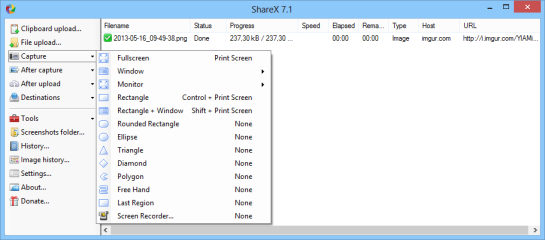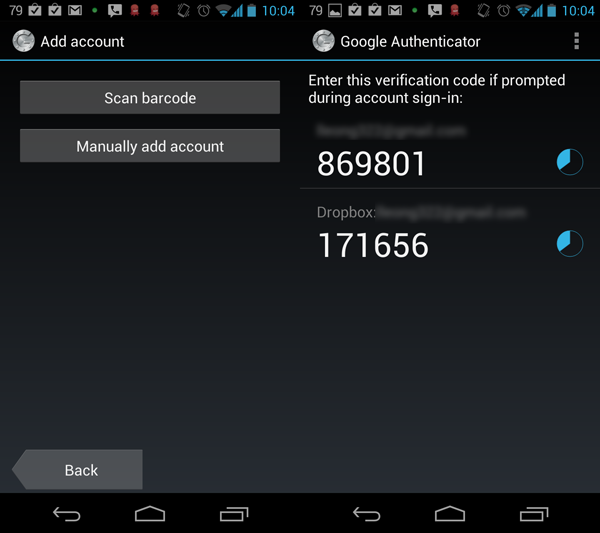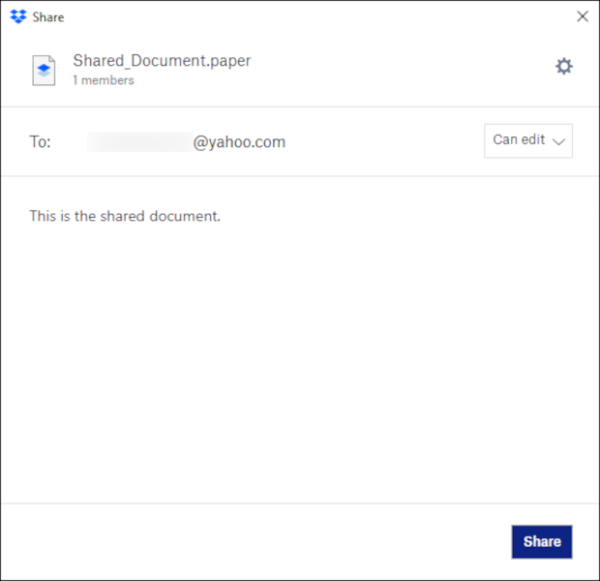
If the problem persists, switch to a different browser. Check if you can access your Dropbox account in Incognito Mode. To launch a new browser tab, click on your browser’s menu and select New incognito window or private browsing. Try Incognito Mode or a Different BrowserĮnabling incognito mode or switching to a different browser may help you quickly work your way around this issue. Don’t forget to restart your router and check your network connection.If this is the case, all you can is wait until Dropbox fixes the issue. Before diving into any troubleshooting steps, check the Dropbox system status.It takes a little bit of effort to set up services like Authy and 1Password, but once you do, you can be sure your game library is as safe as it can be - and you can add all your other online accounts, too.

That website also has links to directions for setting up 2FA on each service (click the book icon after searching for one). Steam, Epic Games, Uplay, and Origin are all compatible according to. There are still many online accounts that don’t allow token-based authentication, but just about every major game platform does. With services like Authy and 1Password (opens in new tab), you can keep authentication codes for all your services in one app/browser extension, synced across all your devices. While most PC game platforms support email-based two-factor authentication, and Steam even enables it by default, switching to token-based 2FA can keep your accounts safe from any possible security issues with email. When most people think about accounts they need to keep secure, game accounts might not be at the top of the list, but do you want to risk losing all your PC games if your password gets stolen? It’s incredibly important to keep your online accounts secure with two-factor authentication, which prompts you for an additional code when you attempt to log in. This is usually accomplished by pressing one of the function keys at startup. When the time comes to use the drive, pop it in and set your PC’s UEFI/BIOS to boot from USB.


Plug in any USB drive with at least 8GB of space, download the installation tool from Microsoft’s website (opens in new tab), and let the tool copy the required files to the flash drive. Thankfully, Microsoft makes it very easy to create a USB drive you can use to repair or replace Windows 10 installations. With that in mind, it’s probably a good idea to keep a flash drive around with a recent copy of Windows 10. Even though most PCs that ship with Windows 10 have a recovery partition for cases like these, those partitions can’t perform a full reinstallation of Windows if something catastrophic happens.

Faulty drivers, storage problems, and a host of other potential issues could put your PC out of action. Windows 10 has a strong tendency to break itself with updates… or really anything else.


 0 kommentar(er)
0 kommentar(er)
